主动语态与被动语态的转化思维导图
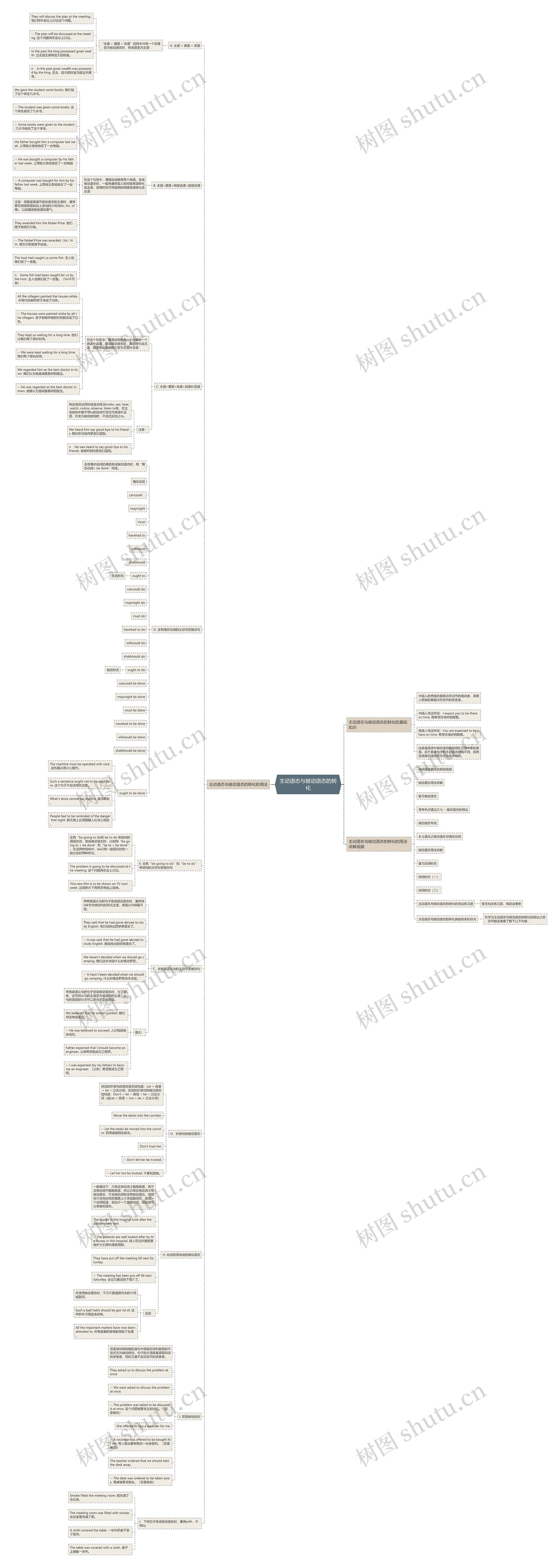
主动语态与被动语态的转化
树图思维导图提供 主动语态与被动语态的转化 在线思维导图免费制作,点击“编辑”按钮,可对 主动语态与被动语态的转化 进行在线思维导图编辑,本思维导图属于思维导图模板主题,文件编号是:9cdf4d025d6bd817caf6755c5b054891
思维导图大纲
主动语态与被动语态的转化思维导图模板大纲
主动语态与被动语态的转化的基础知识
中国人的思维的着眼点在动作的施动者,英美人思维的着眼点在动作的承受者。
中国人常这样说:I expect you to be there on time. 我希望你准时到那里。
英美人常这样说:You are expected to be there on time. 希望你准时到那里。
这就是英语中被动语态的使用比汉语中多的原因。由于英语句子的主动语态结构不同,因而变成被动语态的方式也各不相同。
主动语态与被动语态的转化的用法
A. 主语 + 谓语 + 宾语
“主语 + 谓语 + 宾语”结构中只有一个宾语,变为被动语态时,将宾语变为主语:
They will discuss the plan at the meeting. 他们将在会议上讨论这个问题。
-- The plan will be discussed at the meeting. 这个问题将在会议上讨论。
In the past the king possessed great wealth. 过去国王拥有巨大的财富。
n In the past great wealth was possessed by the king. 过去,巨大的财富为国王所拥有。
B. 主语+谓语+间接宾语+直接宾语
在这个句型中,谓语动词跟有两个宾语。变成被动语态时,一般将通常指人的间接宾语转化成主语,但有时也可将指物的间接宾语转化成主语:
We gave the student some books. 我们给了这个学生几本书。
-- The student was given some books. 这个学生被给了几本书。
-- Some books were given to the student. 几本书被给了这个学生。
His father bought him a computer last week. 上周他父亲给他买了一台电脑。
-- He was bought a computer by his father last week. 上周他父亲给他买了一台电脑。
-- A computer was bought for him by his father last week. 上周他父亲给他买了一台电脑。
注意:用直接宾语作被动语态的主语时,通常要在间接宾语前加上适当的介词(如to, for, of等),以加强间接宾语的语气。
They awarded him the Nobel Prize. 他们授予他诺贝尔奖。
-- The Nobel Prize was awarded(to)him. 诺贝尔奖被授予给他。
The host had caught us some fish. 主人给我们捉了一些鱼。
n Some fish had been caught for us by the host. 主人给我们捉了一些鱼。(for不可省)
C. 主语+谓语+宾语+宾语补足语
在这个句型中,谓语动词后有一个宾语和一个宾语补足语,变成被动语态时,宾语转化成主语,宾语补足语也随之变为主语补足语:
All the villagers painted the houses white. 所有村民都把房子涂成了白色。
-- The houses were painted white by all the villagers. 房子都被所有的村民都涂成了白色。
They kept us waiting for a long time. 他们让我们等了很长时间。
-- We were kept waiting for a long time. 我们等了很长时间。
We regarded him as the best doctor in town. 我们认为他是城里最好的医生。
-- He was regarded as the best doctor in town. 他被认为是城里最好的医生。
注意:
有些使役动词和感官动词,如make, see, hear, watch, notice, observe, listen to等,在主动结构中跟不带to的动词不定式作宾语补足语,在变为被动结构时,不定式应加上to。
We heard him say good-bye to his friends. 我们听见他向朋友们道别。
n He was heard to say good-bye to his friends. 他被听到向朋友们道别。
D. 含有情态动词的主动句变被动句
含有情态动词的谓语变成被动语态时,用“情态动词+ be done”构成。
情态动词
cancould
maymight
must
havehad to
willwould
shallshould
ought to
主动形式
cancould do
maymight do
must do
havehad to do
willwould do
shallshould do
ought to do
被动形式
cancould be done
maymight be done
must be done
havehad to be done
willwould be done
shallshould be done
ought to be done
The machine must be operated with care. 这机器必须小心操作。
Such a sentence ought not to be used here. 这个句子不应该用在这里。
What's done cannot be undone. 覆水难收。
People had to be reminded of the danger that night. 那天晚上必须提醒人们当心危险。
E. 含有“be going to do”和“be to do”等结构的主动句变被动句
含有“be going to do和 be to do 等结构的谓语动词,变成被动语态时,分别用“be going to + be done”和“be to + be done”。在这两种结构中,be只有一般现在时和一般过去时两种形式。
The problem is going to be discussed at the meeting. 这个问题将在会上讨论。
This new film is to be shown on TV next week. 这部新片下周将在电视上放映。
F.含有宾语从句的主动句变被动句
带有宾语从句的句子变成被动语态时,通常用it来作为被动句的形式主语,宾语从句保留不变。
They said that he had gone abroad to study English. 他们说他出国学英语去了。
-- It was said that he had gone abroad to study English. 据说他出国学英语去了。
We haven't decided when we should go camping. 我们还未决定什么时候去野营。
-- It hasn't been decided when we should go camping. 什么时候去野营尚未决定。
提示:
带有宾语从句的句子变成被动语态时,为了简练,还可把从句的主语变为被动句的主语,从句的谓语部分还可以变为不定式短语。
We believed that he would succeed. 我们相信他会成功。
-- He was believed to succeed. 人们相信他会成功。
Father expected that I should become an engineer. 父亲希望我成为工程师。
-- I was expected (by my father) to become an engineer. (父亲)希望我成为工程师。
G.祈使句的被动语态
肯定的祈使句的被动语态结构是:Let + 宾语 + be + 过去分词;否定的祈使句的被动语态结构是:Don't + let + 宾语 + be + 过去分词(或Let + 宾语 + not + be + 过去分词)。
Move the desks into the corridor.
-- Let the desks be moved into the corridor. 把课桌搬到走廊去。
Don't trust her.
-- Don't let her be trusted.
-- Let her not be trusted. 不要相信她。
H. 动词短语构成的被动语态
一般情况下,只有及物动词才能跟宾语,而不及物动词不能跟宾语,所以只有及物动词才有被动语态,不及物动词则没有被动语态。但有些不及物动词后面跟上介词或副词后,变成一个动词短语,相当于一个及物动词,因此就可以有被动语态。
The nurses in this hospital look after the patients very well.
-- The patients are well looked after by the nurses in this hospital. 病人在这所医院里被护士们照料得很周到。
They have put off the meeting till next Saturday.
-- The meeting has been put off till next Saturday. 会议已推迟到下周六了。
注意:
在使用被动语态时,千万不要遗漏句末的介词或副词。
Such a bad habit should be got rid of. 这样的坏习惯应该改掉。
All the important matters have now been attended to. 所有重要的事情都得到了处理。
I. 双重被动结构
双重被动结构指的是句中谓语动词和其后的不定式均为被动结构,句子的主语既是谓语动词的承受者,同时又是不定式动作的承受者。
They asked us to discuss the problem at once.
-- We were asked to discuss the problem at once.
-- The problem was asked to be discussed at once. 这个问题被要求立刻讨论。(双重被动)
She offered to buy a recorder for me.
-- A recorder was offered to be bought for me. 有人提出要帮我买一台录音机。(双重被动)
The teacher ordered that we should take the desk away.
-- The desk was ordered to be taken away. 课桌被要求搬走。(双重被动)
J.下列句子变成被动语态时,要用with,不用by
Smoke filled the meeting room. 烟充满了会议室。
The meeting room was filled with smoke. 会议室里充满了烟。
A cloth covered the table. 一块布把桌子罩了起来。
The table was covered with a cloth. 桌子上铺着一块布。
主动语态与被动语态的转化的用法讲解视频
动词语态相关的其他视频
被动语态用法讲解
复习被动语态
高考热点语法之七---被动语态的用法
被动语态专项
乡土语法之被动语态与情态动词
被动语态用法讲解
复习动词时态
动词时态(一)
动词时态(二)
主动语态与被动语态的转化的用法练习题
暂无相关练习题,稍后会更新
主动语态与被动语态的转化其他相关知识点
在学习主动语态与被动语态的转化的用法之后,您可能还需要了解下以下内容:
相关思维导图模板
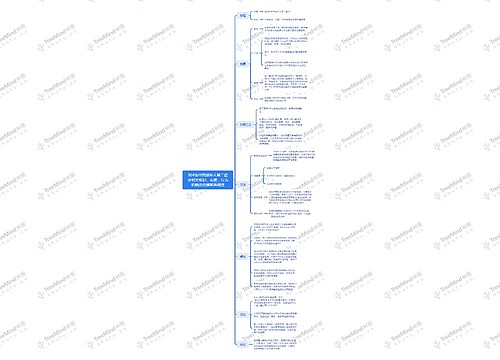

树图思维导图提供 904名中国成年人第三磨牙相关知识、态度、行为和病史的横断面调查 在线思维导图免费制作,点击“编辑”按钮,可对 904名中国成年人第三磨牙相关知识、态度、行为和病史的横断面调查 进行在线思维导图编辑,本思维导图属于思维导图模板主题,文件编号是:10b9a8a2dd2fb4593f8130ef16c320fc
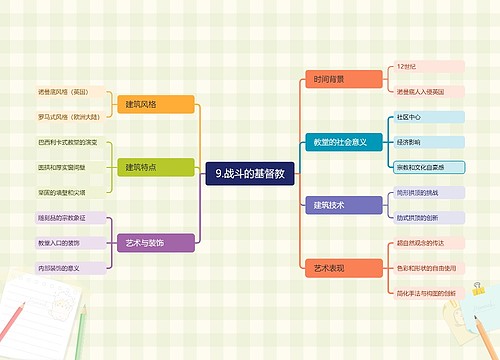

树图思维导图提供 9.战斗的基督教 在线思维导图免费制作,点击“编辑”按钮,可对 9.战斗的基督教 进行在线思维导图编辑,本思维导图属于思维导图模板主题,文件编号是:33d168acd0cd9f767f809c7a5df86e3a

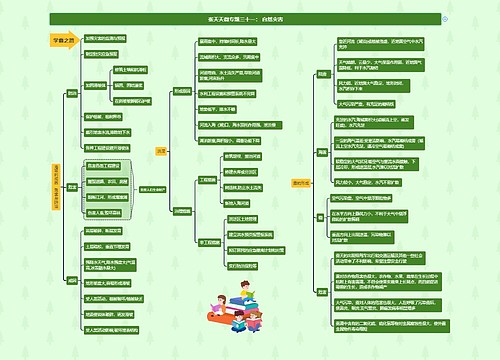
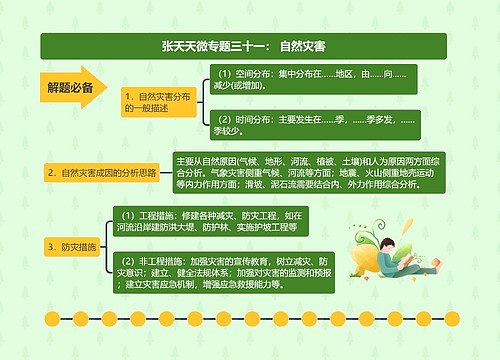
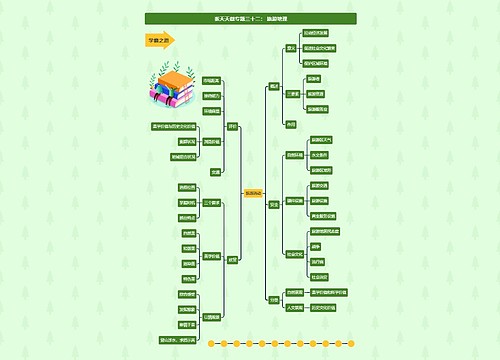
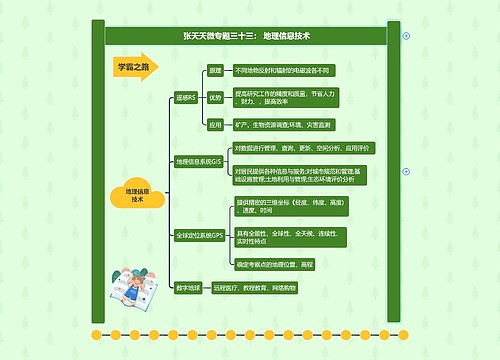
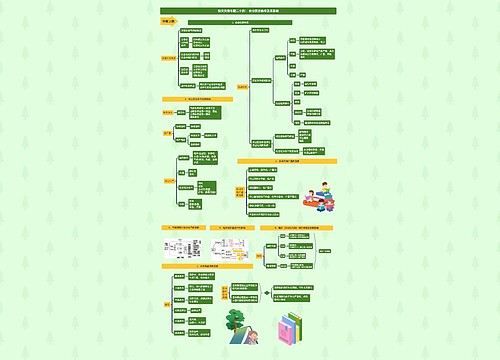

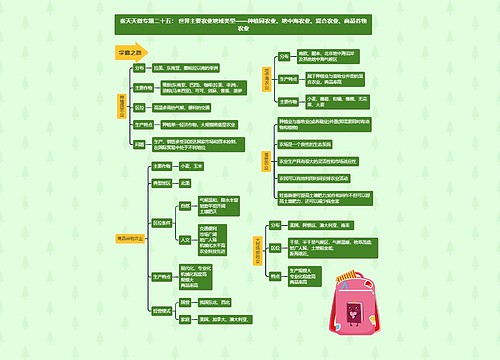
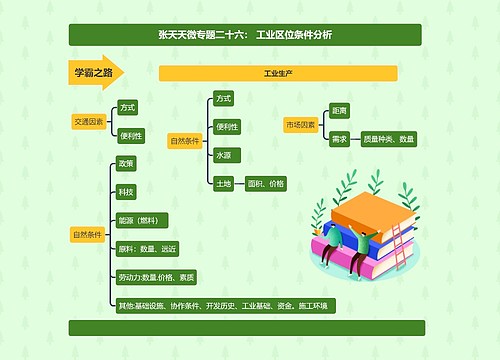
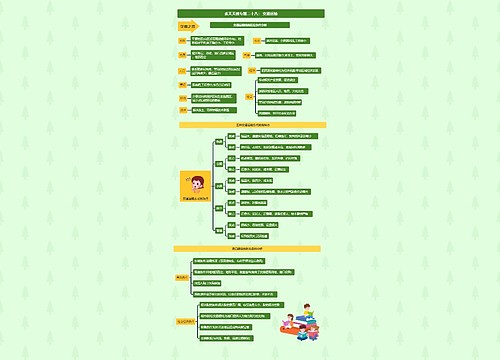

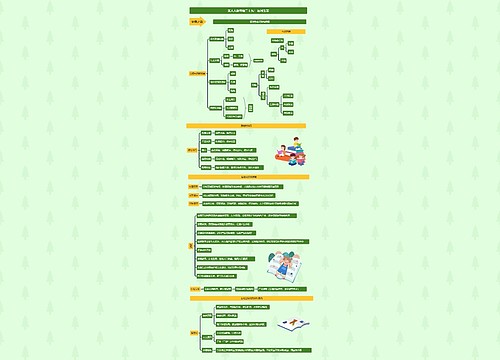
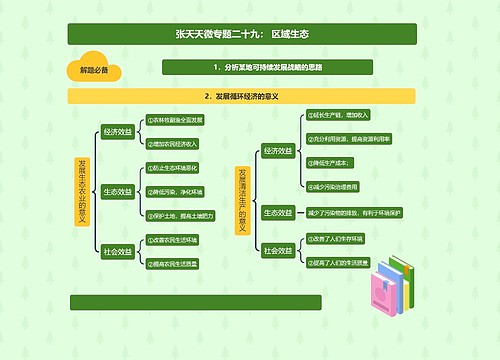
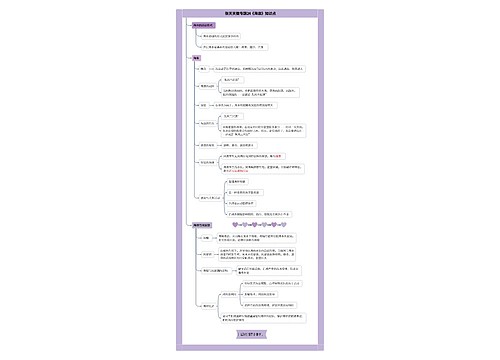

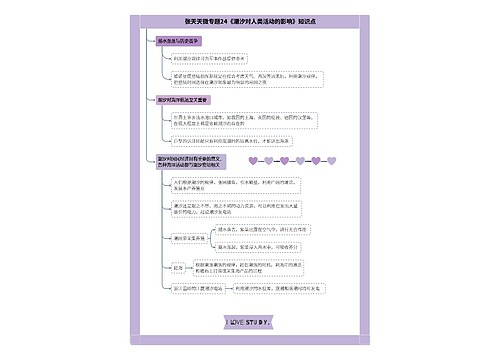
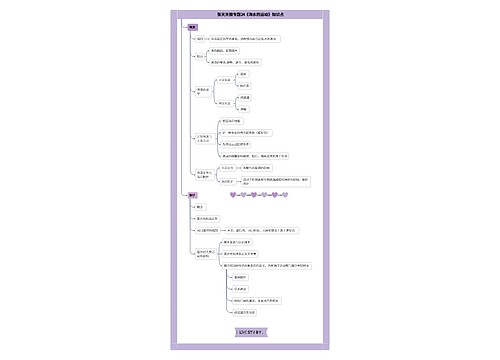
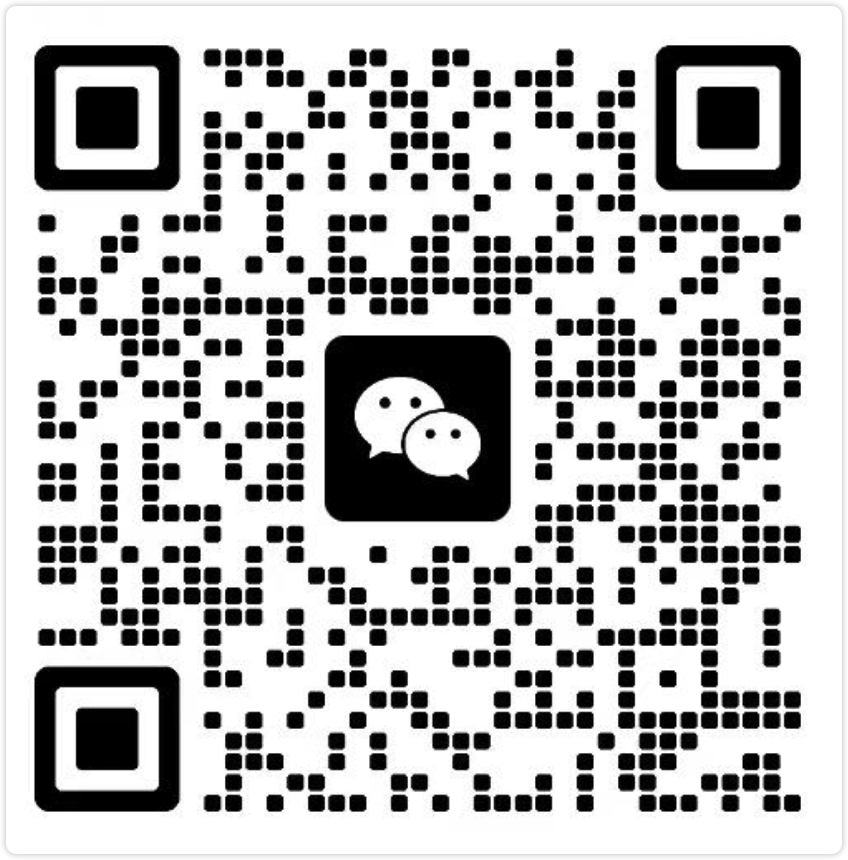
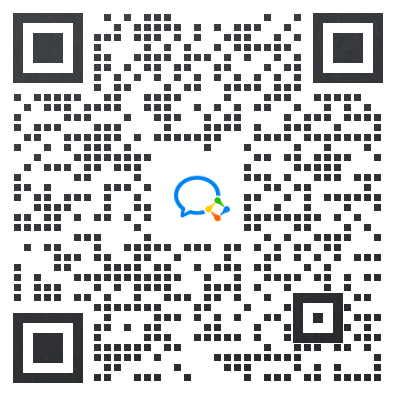
 上海工商
上海工商